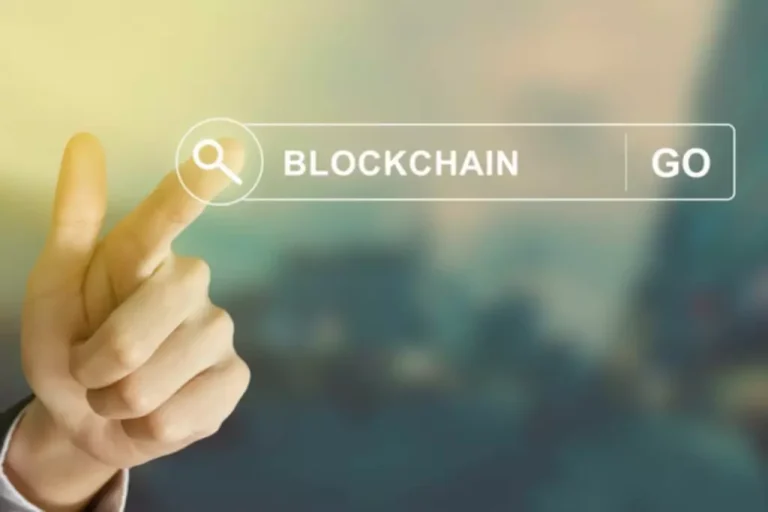What Is Proof-of-work Pow? All You Have To Know
For instance, if a validator tries to validate two completely different blocks on the identical time, they will be caught and their stake might be slashed. A consensus mechanism (a.k.a. consensus model) is a protocol that enables a decentralized network of computers to come to an settlement in regards to the state of the system. One of the key features that makes blockchain so interesting is its decentralized nature. Transactions on a blockchain are verified by a community of computers somewhat than by a central authority, which makes it difficult to manipulate or tamper with knowledge proof of work coins.
Energy Utilization
- Proof of Work is acknowledged as a type of consensus mechanism – a technique blockchains use to validate transactions.
- This validation course of eliminates the possibility of miners including malicious transactions, corresponding to an try by a user to double-spend coins.
- As Soon As a validator has been chosen, they validate the block of transactions and add it to the blockchain.
- While the safety focused often facet with proof-of-work chains like Bitcoin, some are in search of other choices that can construct upon its success.
- It’s considered essentially the most secure consensus mechanism because attacking it requires an enormous and exponentially rising quantity of computing power.
- One Other limitation of Proof of Stake is that it requires validators to have a high stake in the community.
The idea was adapted from digital tokens by Hal Finney in 2004 through the concept of « reusable proof of work » utilizing the 160-bit safe hash algorithm 1 (SHA-1). Proof of Work permits decentralized safety by allowing anybody with enough computing power who’s willing to contribute in securing the network. It’s thought-about essentially the most secure consensus mechanism as a result of attacking it requires an infinite and exponentially growing amount of computing energy.
Discover the necessary thing differences between fiat and commodity money, their benefits, limitations, and the way they are used in world economies. It is essential to note that both mechanisms are nonetheless of their early phases and haven’t been absolutely tested. Whereas this will look like a great factor, it truly centralizes energy amongst those that can afford to buy lots of tokens. Proof of Stake was due to this fact developed to be more energy-efficient and overcome the plain challenges posed by Proof of Work. Slashing is when a validator’s stake is taken away as a punishment for partaking in malicious conduct. This piece may comprise assumptions which are “forward-looking statements,” which are primarily based on certain assumptions of future occasions.

By incentivizing miners to verify the integrity of latest crypto transactions earlier than adding them to the distributed ledger that is blockchain, proof of work helps prevent double spending. Bitcoin, like all blockchain networks, rely on crypto nodes to validate transactions. On the bitcoin community, full nodes are software program shoppers working the Bitcoin software program that mechanically validate and propagate transactions and blocks in the network.
Breaking Down The Proof Of Work (pow) Mechanism
This concentration of energy undermines the decentralized nature of blockchain techniques and will increase the risk of censorship and manipulation. The Proof of Work (PoW) mechanism is a computational algorithm used to validate and report https://www.xcritical.in/ transactions on the blockchain community. This algorithm requires significant computational energy and power consumption to unravel advanced mathematical issues. The strategy of fixing these problems known as blockchain mining, where miners compete to discover a resolution. The proof of work mechanism in blockchain transactions prevents double spending by requiring miners to unravel complex mathematical puzzles.
Btq Launches Quantum Proof-of-work Simulator, Delivering Demonstration Of Quantum Advantage In Blockchain Consensus
The more efficient a mining system is, the higher probabilities a miner has of winning the block rewards. For instance, An S19j Pro machine can carry out 104 terahashes per second (TH/s), the equivalent of 104 trillion guesses or tickets per second. With cryptocurrencies, there are not any bankers or financial institutions to ensure trust. As A Substitute, miners and proof of labor assure clear, accurate transactions. For blockchains that use proof of work, miners are the guardians and facilitators that make the system run easily and accurately.

By requiring miners to resolve complex mathematical puzzles, PoW acts as a deterrent against malicious activities similar to double-spending and tampering with transaction history. Via using PoW, blockchain networks can obtain a consensus protocol that’s resistant to assaults and offers a excessive stage of trust and reliability. In PoW, miners compete to solve complicated mathematical puzzles to validate transactions and add blocks to the blockchain. Nevertheless, this course of can lead to centralization when a small number of powerful miners management a good portion of the network’s computing power.
Consensus mechanisms are a posh subject, and most don’t perceive them when they purchase their first cryptocurrency. The downside is that each one different PoW network actions that aren’t explicitly coated by the guidance could, in fact, be topic to the federal securities legal guidelines and laws underneath the Howey check. TLP Advisors is a dynamic and forward-thinking consulting, strategy and law firm specialising in providing cutting-edge options to our numerous clientele. With our roots deeply embedded in monetary services, gaming, web3, and rising tech, we provide unparalleled data and assist tailored to these quickly evolving sectors’ unique challenges and alternatives.
The mining program assembles this block and places the transactions it has prioritized in the transaction field. It continuously adjusts the nonce and the additional nonce (which is a part of the coinbase transaction in the Merkle tree) and sends the information in the block via a hashing algorithm. To overcome these challenges, different consensus mechanisms like Proof of Stake (PoS) have been proposed to realize better scalability and decentralization. Nevertheless, the reliance on computational power and vitality consumption has sparked debates about its environmental influence and the necessity for extra energy-efficient alternate options. One of the vital thing benefits of PoW is that it eliminates the need for a government to course of transactions. Anybody is able to download the blockchain software, run it and join the community as a participant.
Nonetheless, people have been pushed out of the processes by companies Peer-to-peer which have centralized them for revenue. Additionally, scalability issues arise due to the inherent limitations of PoW in processing a lot of transactions. While most nodes don’t receives a commission, they are a important part of securing the community. She also highlighted that regardless of its broad framing, the assertion acknowledges that actual determinations require case-by-case analyses of specific mining arrangements and activities beneath the Howey check.
The PoW mechanism works through a course of known as mining, during which transactions are validated by solving a fancy mathematical problem often identified as a cryptographic hash function. The Proof of Work (PoW) mechanism is an important element of blockchain expertise. It ensures the security and integrity of the blockchain by validating and adding new blocks through the answer of advanced mathematical puzzles. The most compelling is that it offers a secure and decentralized mechanism for network individuals to take care of the integrity of the blockchain ledger.




